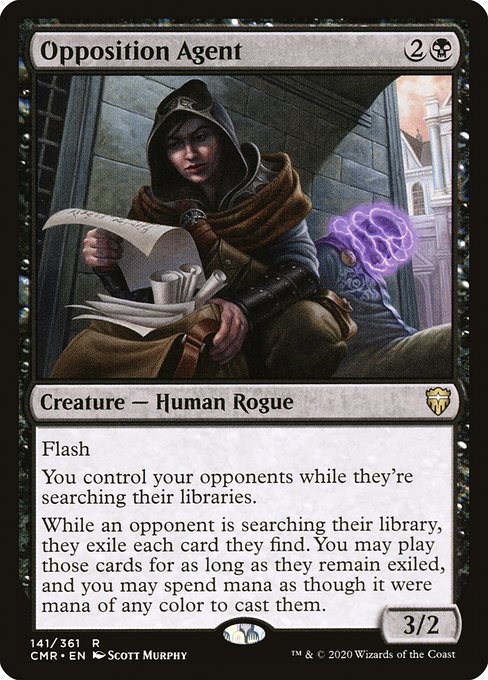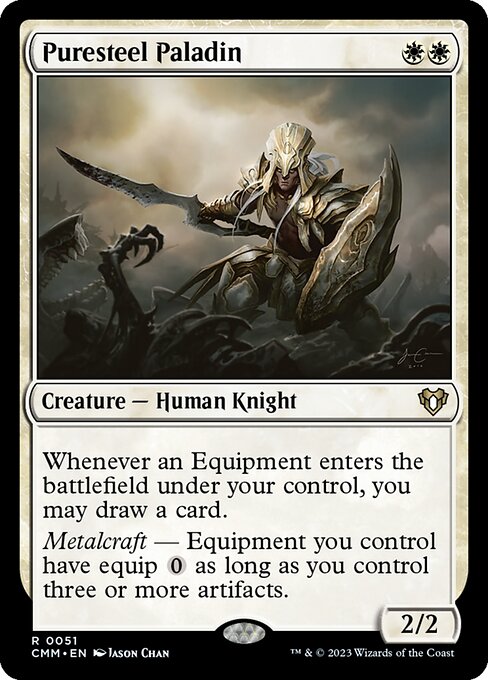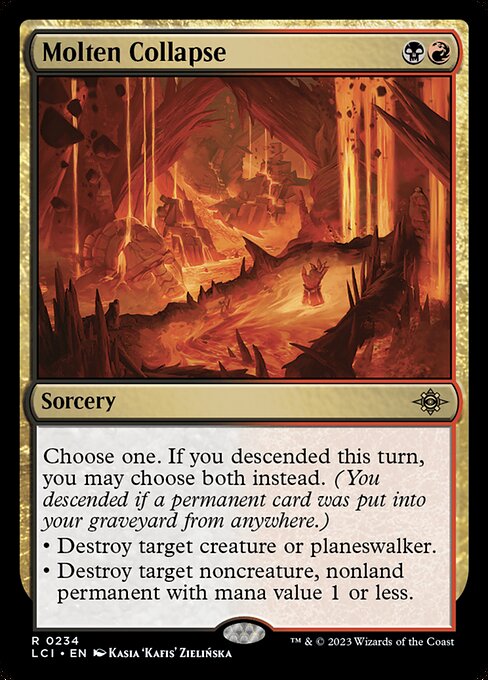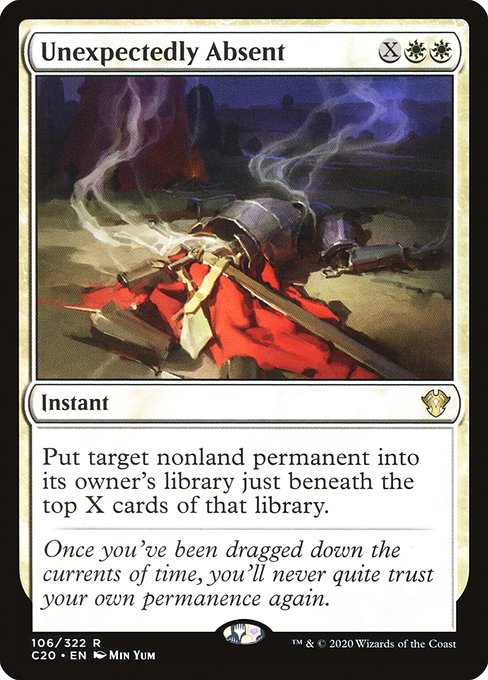Deck & Commander Strategies

Cloud, Midgar Mercenary
Focuses on equipping multiple artifacts to creatures to trigger powerful combat-related effects, leveraging equipment synergies and mono-white support to overwhelm opponents through incremental advantage and damage output.

Kefka, Court Mage // Kefka, Ruler of Ruin
A Grixis midrange deck that uses disruption, hand attack, removal, and recursion to control the board and generate card advantage, aiming to capitalize on Kefka’s abilities to create a dominant board presence and outvalue opponents over time.
Gameplay Insights
- 1
Casting Armageddon significantly impacted board development but left the caster vulnerable without sufficient land drops.
- 2
Opposition Agent proved critical in disrupting Cloud’s ability to leverage his equipment synergy by hindering his card draws and plays.
- 3
Cloud’s reliance on equipment and creatures required careful timing and protection against removal such as Molten Collapse.
- 4
Kefka’s discard and recursion effects allowed maintaining card advantage and pressure despite slower starts or losing some permanents.
- 5
Choosing when to use subtlety and removal spells to interrupt key equipment and creatures was central to maintaining tempo.
Notable Cards
-

Armageddon
-

Opposition Agent
-

Puresteel Paladin
-

Molten Collapse
-

Unexpectedly Absent
-

Skullclamp
Gameplay Summary
The game featured a tense duel between two competitive Commander decks: Cloud, Midgar Mercenary, an equipment-focused build, and Kefka, Court Mage // Kefka, Ruler of Ruin, a midrange Grixis deck.
Early on, both players developed their boards cautiously, with Cloud assembling equipment and creatures to maximize his commander’s triggered abilities while Kefka leveraged efficient removal and disruptive creatures like Opposition Agent to keep pace.
The first match saw key plays such as casting Armageddon, which was impactful but slowed down further development due to a lack of additional land drops.
Both players exchanged damage steadily, with Cloud benefiting from equipment synergies and Kefka generating card advantage through discard and recursion effects.
In the subsequent match, the strategic depth increased with interactions involving subtlety and removal spells like Molten Collapse that targeted Cloud’s key creatures and equipment.
Cloud attempted to protect his board and maintain pressure via Puresteel Paladin and equipment synergy, while Kefka’s disruption and removal kept Cloud’s threats in check.
The midrange nature of Kefka’s deck allowed it to adapt to the evolving board state, utilizing spells that destroy permanents and generate card advantage through discard.
The game was a careful balance of resource management, timing of removal, and leveraging commander-specific strengths.
Overall, the duel highlighted the contrasting strategies of aggressive equipment synergy versus midrange disruption and control, with pivotal moments including resolving Armageddon and the use of Opposition Agent to hinder Cloud’s plays.



























